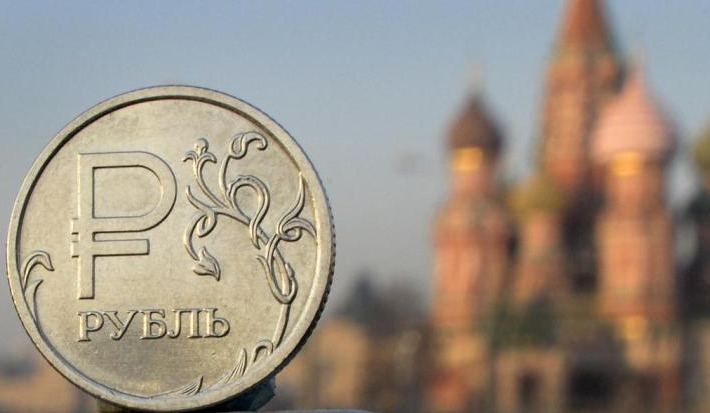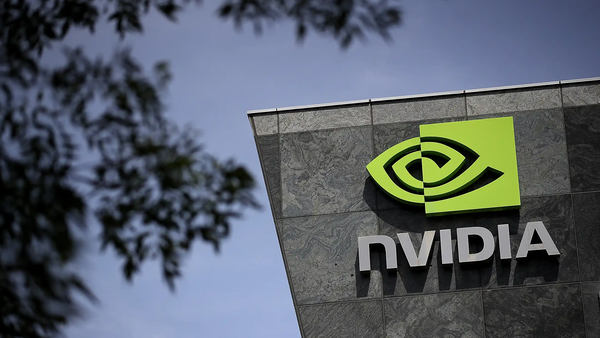
On Tuesday (March 11), the U.S. stock market experienced a wave of declines. As of the close, the Dow Jones Industrial Average fell 478.23 points from the previous day to 41,433.48 points, a drop of 1.14%. The S&P 500 and Nasdaq Composite Index also fell 0.76% and 0.18% respectively.
In the technology sector, there were mixed gains and losses. Tesla and Broadcom shares rose more than 3%, while Apple fell nearly 3%. In addition, precious metals and non-ferrous metals stocks performed strongly, such as Vista Gold rose more than 11%, and Century Aluminum rose more than 9%. At the same time, department stores and transportation stocks suffered heavy losses, and Kohl’s shares plummeted more than 24%.
In terms of Chinese stocks, most closed higher. The Nasdaq China Golden Dragon Index climbed 2.83%, with Hesai Technology’s shares soaring more than 50%. It is reported that the company has begun to supply lidar sensors to Mercedes. The shares of electric vehicle manufacturers Zeekr, Weilai, Xiaopeng Motors and Ideal Motors also rose.
Citibank downgraded the US stock market to neutral and raised the rating of the Chinese stock market. The bank’s analysts pointed out that in the next few months, more negative data on the US economy is expected to be released, and the US stock market may have to wait until the theme of artificial intelligence regains market attention before it can perform.
In terms of economic data, the Jolts report released on Tuesday showed that the number of job vacancies in the United States increased in January, mainly in the financial, retail and construction industries. A forecast report from the Atlanta Federal Reserve predicts that US GDP will shrink by 2.8% in the first quarter of 2025. Although subsequent data have been revised, it is still predicted that GDP will shrink by 2.4% in the first quarter.
Major investment banks on Wall Street have also expressed concerns about the outlook for the US economy. JPMorgan Chase and Goldman Sachs have respectively raised the probability of a US recession and lowered their GDP growth forecasts.
In addition, consumer expectations surveys show that although inflation expectations remain stable, concerns about the economic outlook have intensified in February.









